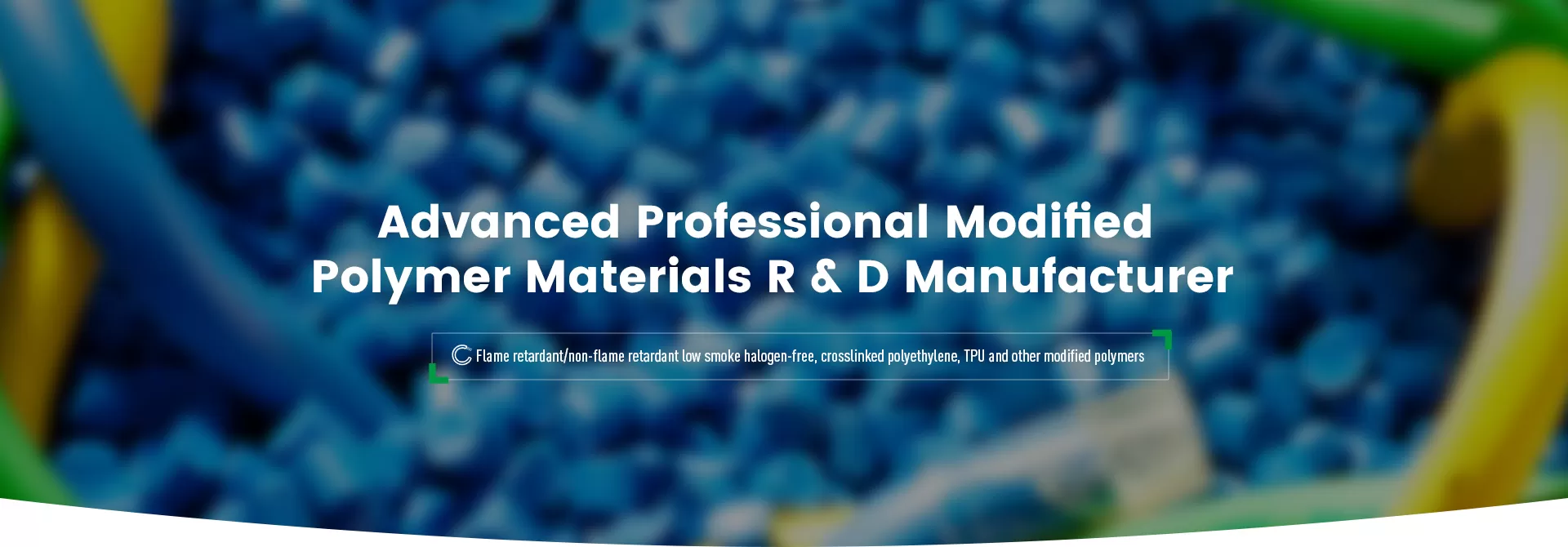
In the fields of wires and cables, seals, industrial parts, etc., Silicone vs Rubber has always been a hot topic of comparison for engineers and purchasers. Especially in outdoor applications, UV resistance and anti-aging performance directly affect the service life of the product. So, which material is more advantageous when facing UV and long-term aging, silicone or rubber?
Silicone is a synthetic elastomer, a polymer material composed of silicon (Si), oxygen (O) and other elements. Due to its unique molecular structure, silicone has excellent high and low temperature resistance, UV resistance and chemical stability, and is widely used in medical, aerospace, wire and cable and other fields.
Rubber includes natural rubber and synthetic rubber (such as EPDM, EPR, NBR, etc.). Among them, EPDM is the most commonly used type of rubber for outdoor applications because it has strong UV and ozone resistance, while ordinary natural rubber is easily degraded under long-term exposure to UV rays.
| Properties | Silicone | Rubber (Example:EPDM) |
| High Temperature Resistance | -60℃ to 250℃ | -40℃ to 150℃ |
| Low Temperature Resistance | Flexible, non-brittle | May become hard at low temperatures |
| UV Resistance | Extremely strong, not easily degraded by long-term exposure | Strong, but may turn to powder after long-term exposure |
| Anti-Aging Performance | Excellent, ozone and weather resistance | Better, but slightly inferior to silicone |
| Service life | Over 20 years (outdoor) | 5-15 years (depending on the formula) |
Ultraviolet (UV) is one of the main factors that cause material aging, especially in outdoor applications such as wire and cable outer sheaths, seals, automotive parts, etc. The effects of UV include brittle materials, color fading, surface cracks, reduced elasticity, etc.
Silicone has a stable molecular structure, and Si-O bonds are stronger than C-C bonds (the main bonding method of rubber) and are not easy to break. Therefore, silicone has extremely strong UV resistance and will not become brittle or powder even after long-term exposure to sunlight.
Test case: In accelerated aging experiments, silicone materials still maintain more than 95% of their elasticity and mechanical properties after continuous UV exposure for more than 5,000 hours.
Application examples: High-demand applications such as aerospace cables, outdoor LED waterproof seals, and solar cables usually use silicone as the outer layer material to ensure long-term weather resistance.
Rubber's UV resistance depends on the specific formulation, among which EPDM (ethylene propylene diene monomer rubber) is one of the best weather-resistant rubbers. EPDM has good UV resistance, but it is still slightly inferior to silicone. Long-term exposure to strong UV environment will cause surface powdering or micro cracks.
Test case: In similar accelerated aging experiments, EPDM rubber began to show slight powdering after 3000 hours, while ordinary natural rubber aged faster.
Application example: EPDM is often used in automotive door and window seals, cable sheaths, etc., but in extreme climate conditions, additional anti-UV treatment agents are still required to extend the life (such as radiation cross-linked EPDM cable materials).
Silicone is better than rubber in terms of UV resistance, especially in long-term exposure environments, the performance of silicone is more stable and the life is longer.
Aging is not only affected by UV rays, but also includes oxidation, ozone erosion, temperature changes, humidity, chemicals and other factors.
Antioxidation ability: Silicone has extremely strong chemical stability and is not easy to react with oxygen, so it has excellent aging resistance.
Anti-ozone ability: Silicone will not crack due to ozone erosion, and is particularly suitable for high altitude or coastal high humidity environments.
Resistance to temperature changes: In extreme hot and cold environments (such as deserts or extremely cold regions), silicone can still maintain its flexibility and will not degrade due to temperature fluctuations.
Ordinary rubber (such as natural rubber) is prone to aging and surface cracking in ozone and oxidation environments.
EPDM has good aging resistance, but it is still not as good as silicone. In extreme conditions, additional antioxidants may be required.
Temperature influence: Rubber may harden at low temperatures, and long-term exposure to high temperatures may cause decomposition.
Silicone has better anti-aging ability than rubber, especially in high temperature, humidity, and ozone environments, silicone has a longer life.
| Applicable Scenarios | Recommended Materials | ||
| Long-term outdoor exposure (solar cables, outdoor seals) | Silicone | ||
| High temperature or extreme environments (such as aerospace, industrial heating equipment) | Silicone | ||
| Wet environments (offshore wind power, coastal equipment) | Silicone or EPDM | ||
| Applications that are low-cost but require a certain degree of weather resistance (ordinary cable sheaths) | EPDM rubber | ||
| Performance | Silicone | Rubber (EPDM) | |
| UV resistance | Extremely strong, not easy to age | Stronger, but may powder over time | |
| Anti-aging ability | Oxidation-resistant, ozone-resistant, temperature-resistant | Good, but requires additional stabilizer | |
| Service life | 15-20 years | 5-15 years | |
In summary, silicone has significantly better UV resistance and anti-aging capabilities than rubber, especially in applications exposed to extreme environments for a long time, silicone has a longer service life and more stable performance.
If your project involves long-term outdoor use, extreme environments or high weather resistance requirements, Angreen's silicone material is a better choice!